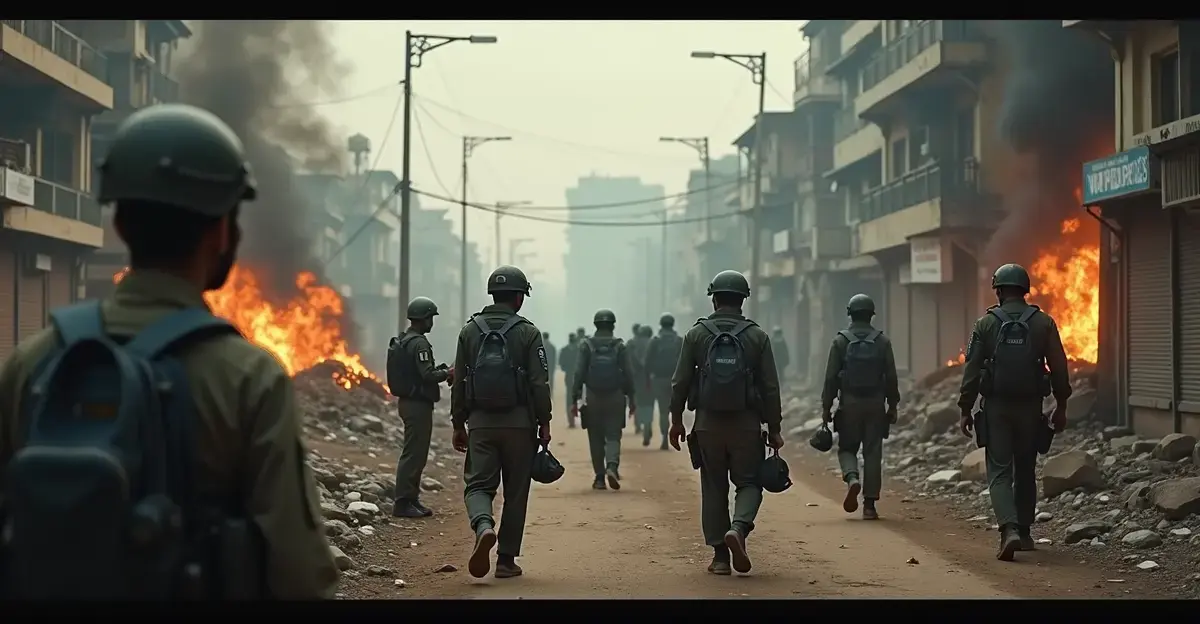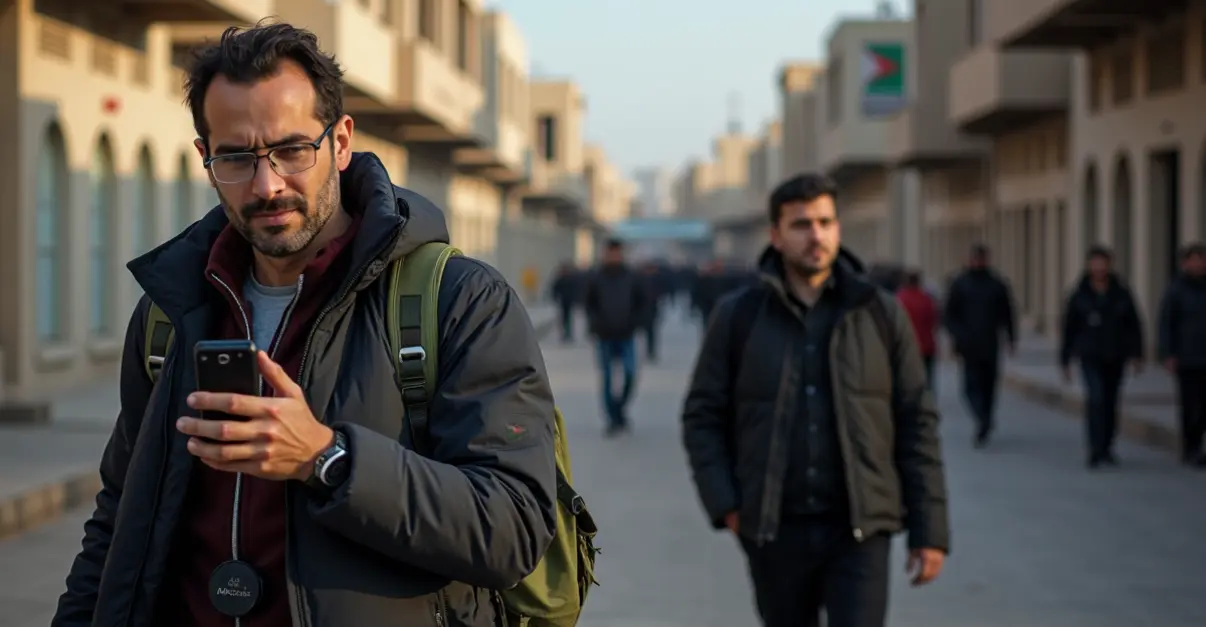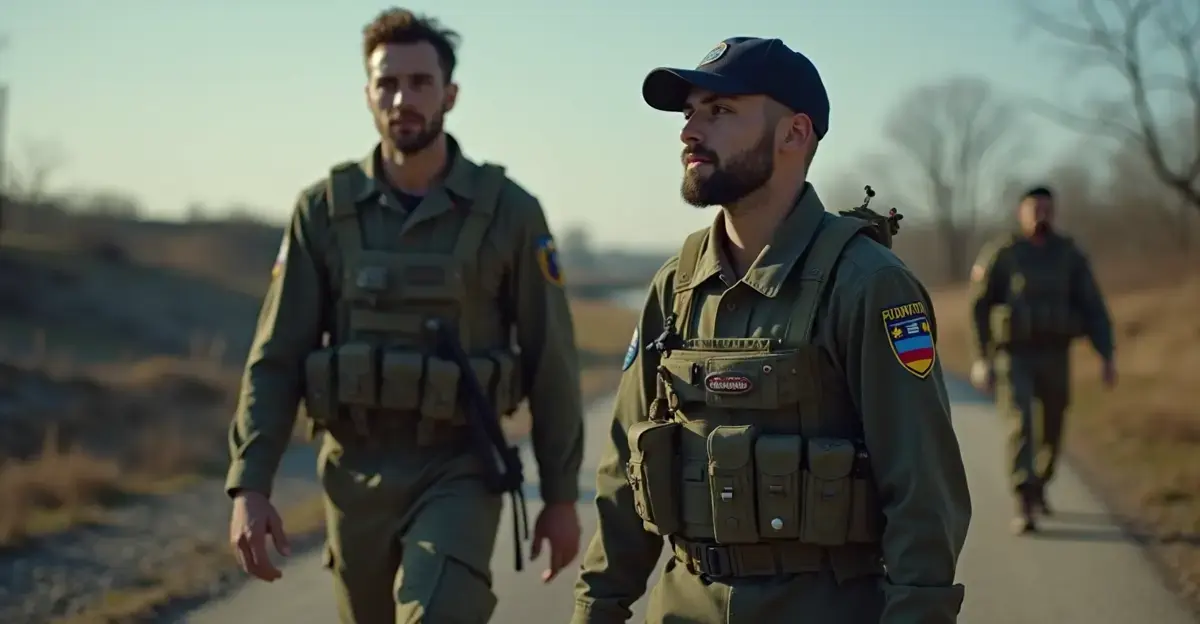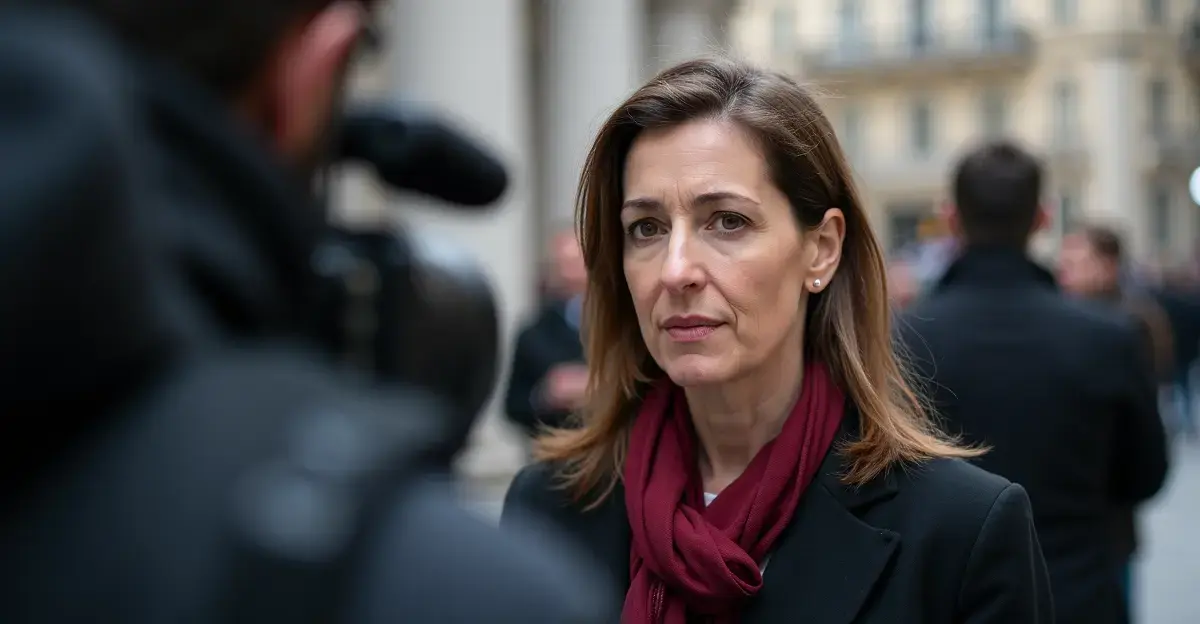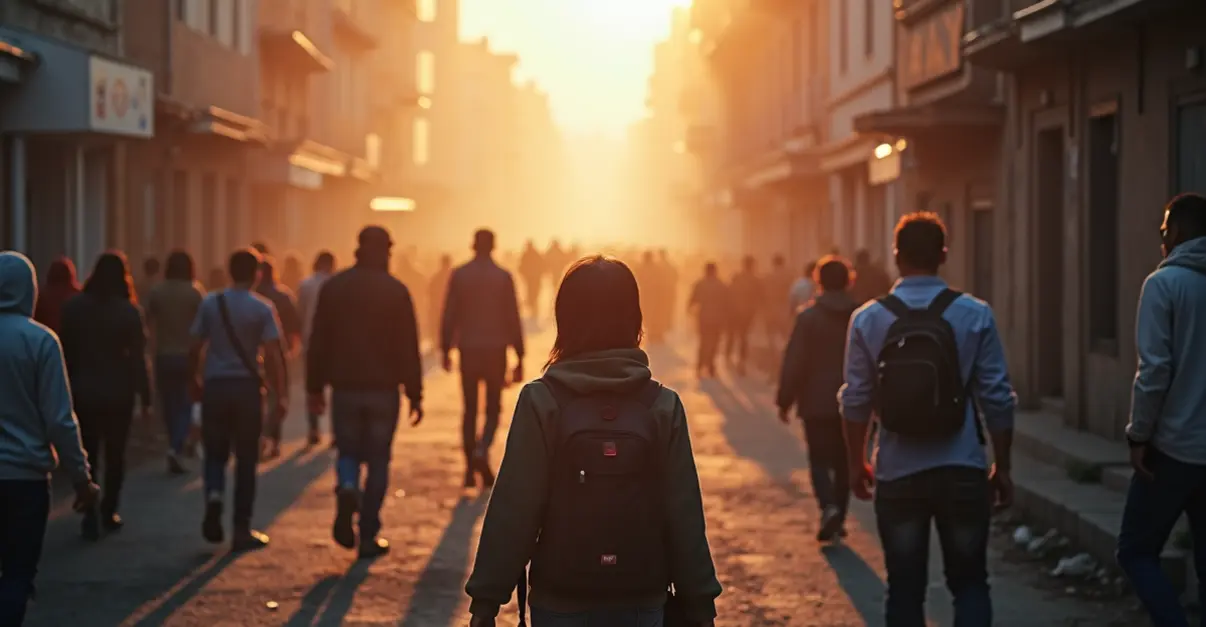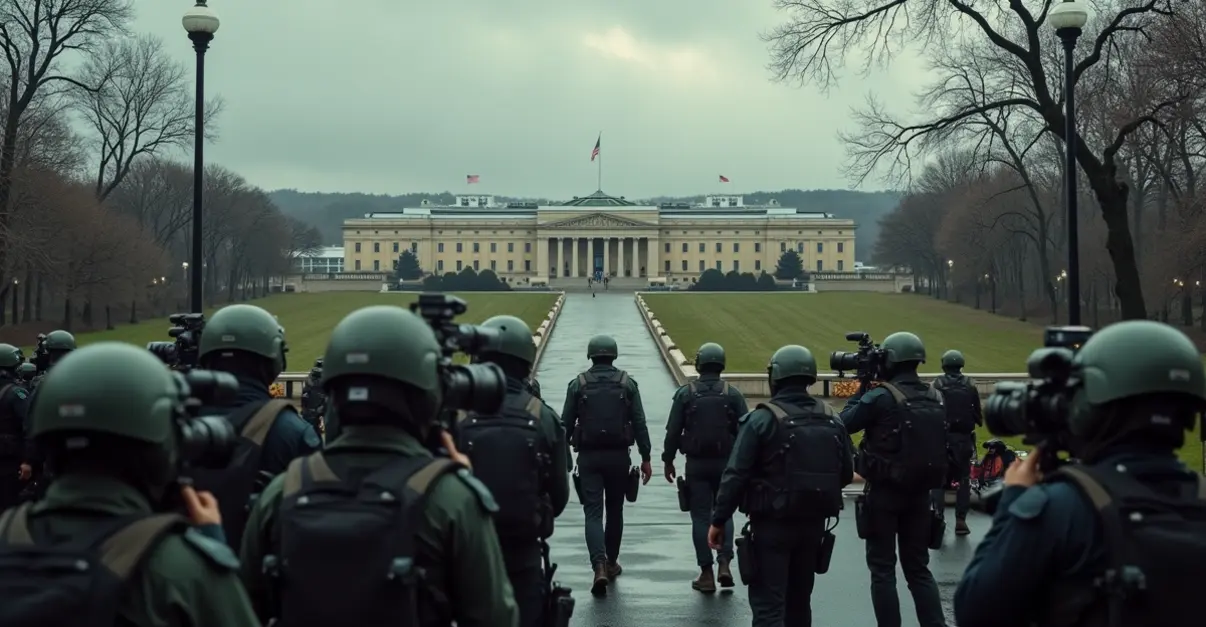Global media outlets implement comprehensive verification protocols for war reporting, enhancing journalist safety and information integrity through standardized digital verification, safety training, and open standards adoption.
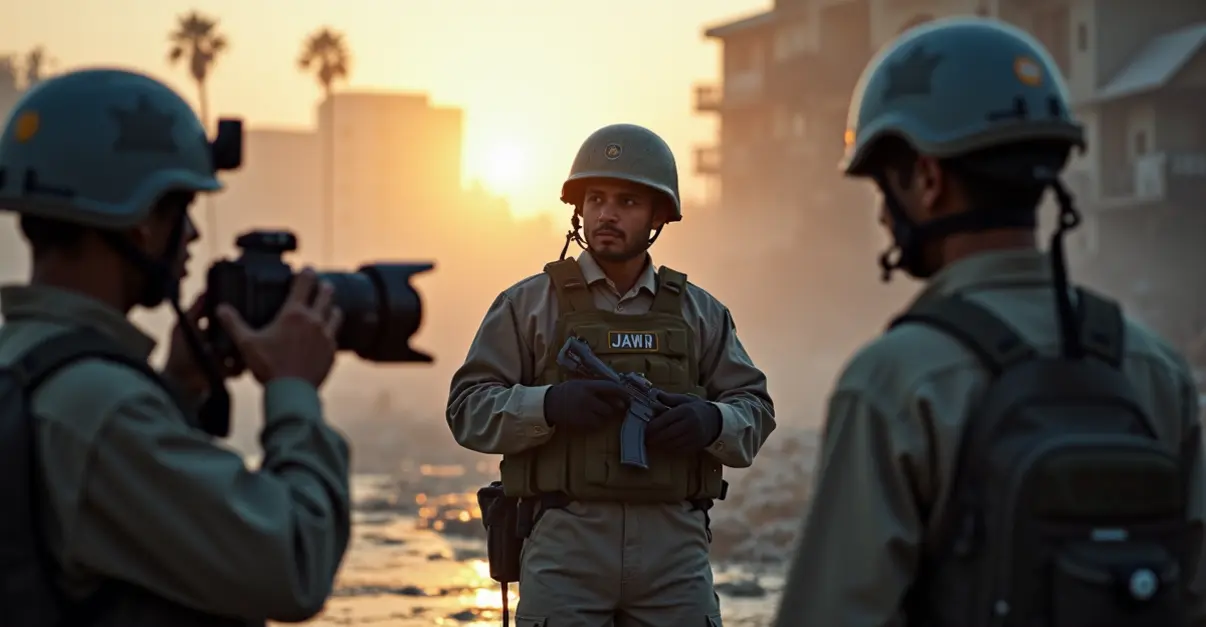
Revolutionizing Conflict Coverage with Enhanced Safety Protocols
Major global media organizations are implementing comprehensive new verification protocols for war reporting, marking a significant shift in how conflict journalism operates in the digital age. The initiative, driven by growing concerns about journalist safety and information integrity, establishes standardized approaches to source verification, digital evidence collection, and reporter protection in conflict zones.
The Safety Imperative in Modern War Reporting
The need for enhanced protocols has become increasingly urgent as journalist casualties in conflict zones reach alarming levels. According to UNESCO data, over 50% of journalist killings occurred in crisis areas in 2023, with recent conflicts in Gaza, Ukraine, and Sudan demonstrating the extreme risks faced by media professionals. 'We're seeing systematic targeting of journalists in ways we haven't witnessed before,' says Maria Ressa, Nobel Peace Prize laureate and journalist safety advocate. 'These new protocols represent a fundamental shift from reactive protection to proactive safety planning.'
Building on International Standards
The new verification framework draws heavily from established international standards, particularly the Berkeley Protocol on Digital Open Source Investigations, which provides minimum professional standards for identifying, collecting, preserving, and verifying digital information. Developed by UC Berkeley's Human Rights Center in partnership with the UN Office of the High Commissioner for Human Rights, this protocol has become essential for journalists documenting human rights violations and war crimes.
'The Berkeley Protocol gives us a common language and methodology for verifying digital evidence,' explains investigative journalist Eliot Higgins. 'When you're dealing with user-generated content from conflict zones, having standardized verification processes is crucial for maintaining credibility and ensuring accuracy.'
Key Components of the New Protocols
The comprehensive protocols address multiple aspects of war reporting safety and verification:
Digital Verification Standards: Journalists now follow systematic procedures for authenticating user-generated content, including geolocation verification, timestamp analysis, and cross-referencing with multiple sources. This approach helps combat the proliferation of misinformation and deepfakes that have complicated modern conflict coverage.
Safety Training Requirements: All journalists deploying to conflict zones must complete enhanced safety training covering physical protection, digital security, psychological first aid, and emergency evacuation procedures. Training now includes specific modules on drone threats, cyber security risks, and dealing with targeted disinformation campaigns.
Open Standards Implementation: Media organizations are adopting open technical standards for data sharing and verification, enabling better collaboration between news outlets while maintaining source protection. This includes standardized metadata formats for conflict reporting and secure communication protocols.
Industry-Wide Adoption and Challenges
Major news organizations including Reuters, Associated Press, and CNN have committed to implementing these protocols across their global operations. However, the transition presents significant challenges, particularly for smaller media outlets with limited resources.
'Implementing these protocols requires substantial investment in training, technology, and personnel,' notes John Daniszewski, AP's vice president for standards. 'But the cost of not doing so is measured in journalist lives and public trust. We're seeing unprecedented coordination across the industry to make this work.'
The protocols also address the ethical dimensions of war reporting, including guidelines for protecting vulnerable sources, minimizing harm in reporting, and maintaining independence from military and government influences. This comes amid ongoing tensions between media organizations and government agencies over press access, as evidenced by recent rejections of Pentagon press policies by major US news outlets.
Looking Forward: The Future of Conflict Journalism
As these protocols become industry standard, they're expected to fundamentally reshape how war reporting operates. The emphasis on verification and safety represents a maturation of digital journalism practices, moving beyond the initial rush to publish toward more deliberate, verified reporting.
'This isn't just about protecting journalists—it's about protecting the truth,' says Christophe Deloire, Secretary General of Reporters Without Borders. 'When journalists can work safely and verify information thoroughly, the public gets more accurate, reliable reporting about conflicts that shape our world.'
The implementation of these protocols coincides with broader industry efforts to address the mental health impacts of war reporting and create sustainable career paths for conflict journalists. With conflicts becoming increasingly complex and dangerous for media professionals, these new standards represent a critical step toward ensuring that vital reporting from the world's most dangerous places continues while protecting those who bring these stories to light.

 Nederlands
Nederlands
 English
English
 Deutsch
Deutsch
 Français
Français
 Español
Español
 Português
Português




